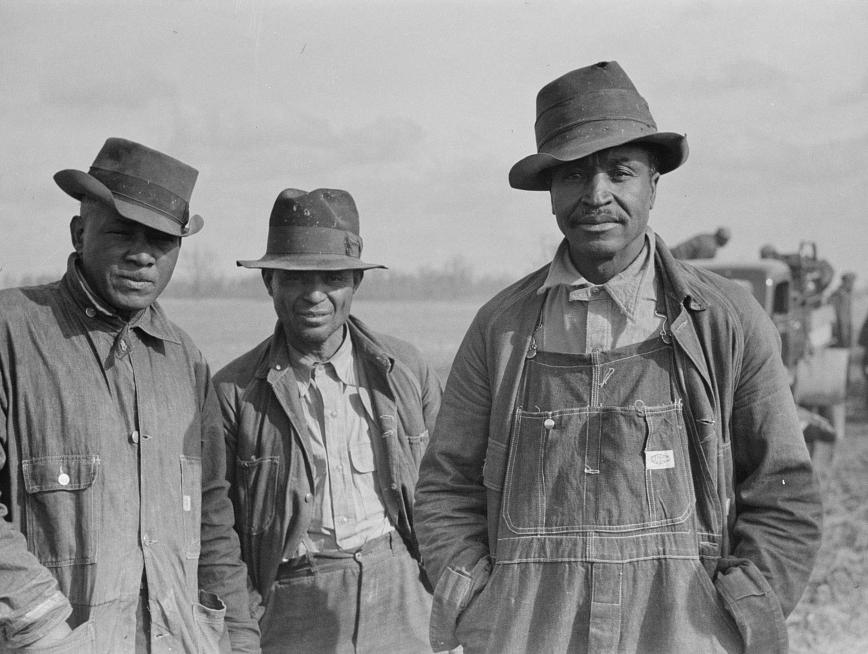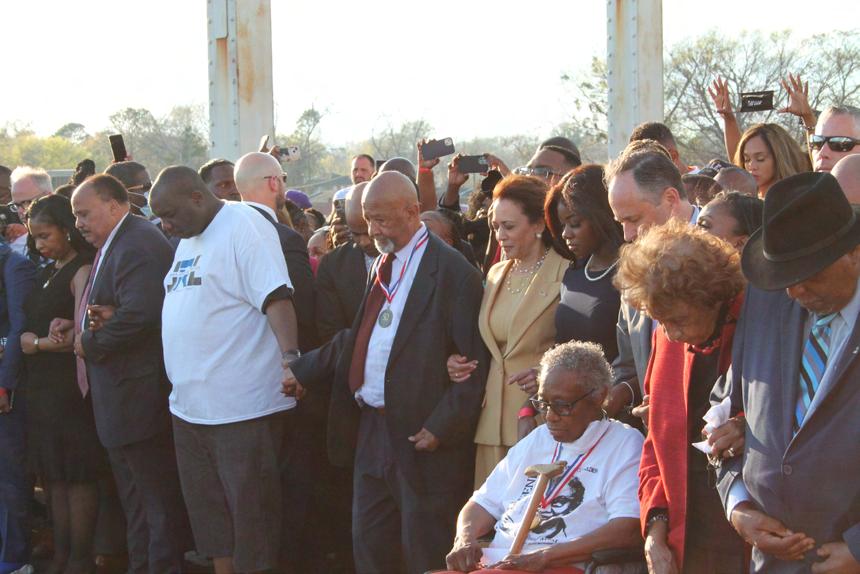
7 minute read
Selma 65
Selma 56: An Intergenerational Experience
By: Autumn Smith
When we think about some of the most significant events in World history, the American Civil Rights movement of the mid 20th century was one of the most captivating events in modern history. The Civil Rights Movement, led by Dr. Martin Luther King Jr and the Southern Christian Leadership Conference, was the driving force behind integration, civil rights legislation, and voting rights. The success of the civil rights movement did not come without resistance. One of the most traumatic events of the Civil Rights Movement, and in American history, was Bloody Sunday. Bloody Sunday was a term that coined the violent and horrific event that happened on the Edmund Pettus Bridge on March 7, 1965, in Selma, Alabama. John Lewis, Hosea Williams, and dozens of Foot Soldiers, attempting to march from Selma to the state capital in Montgomery in protest for voting rights, were met with extreme violence from White citizens and police in Selma. Before the protesters could even leave Selma, their non-violent demonstration was met with the ugly realities of American racism. The gruesomeness of the event has remained in the memory of United States history, and it is a story African Americans have not let America forget about. The Selma Jubilee Committee has commemorated Bloody Sunday for fiftysix years. The week-long commemoration honors and remembers the Foot Soldiers of the Selma Movement and offers an experience unlike any other. The Selma Commemoration is the only Civil Rights event that is nationally celebrated. The commemorative event draws people from around the world from all walks of life and all generations. One of the most impactful aspects of the commemorative event is its intertwining generations. You see Foot Soldiers that are ninety-one walking sideby-side with seventeen-year-olds, or the fifty-six-year-old politician walking next to the seven-year-old. The intergeneration of Selma is what makes it special. SCLC National Magazine/ Spring 2022 Issue

It is a fantastic honor to have the ability to be able to march side-by-side with those who have fought for the freedoms of African Americans in this country. The Selma Jubilee celebration allows people to experience living history from those who were there. Younger generations have the chance to listen to those who used their lives to fight for social justice. History is often explored through secondary sources, such as books or even magazine articles, but the Jubilee is a first-hand experience. It is incredible to have the ability to have personal conversations with victims of Bloody Sunday and hear their stories. I have had the pleasure of attending the Selma Commemorative event six times since 2015, and every year I am grateful to be in the presence of the Foot Soldiers and civil rights icons, such as Bernard Lafayette. Marching side-by-side with Dr. Lafyette and other Foot Soldiers has significantly impacted my life and has made me more appreciative of their sacrifices than any book or video ever could. One of the most memorable Selma experiences was the 50th commemoration when President Barack Obama was the keynote speaker. It was incredibly moving to see the first African American president march across the Edmund Pettus Bridge, where that would not have been possible only fifty years ago. It was moving for so many African Americans to be able to walk across the Edmund Pettus Bridge with Obama and hundreds of other foot soldiers, signifying a changing society. The most moving aspect of the commemorative service is the presence of Foot Soldiers, especially as they lead the march across the Edmund Pettus Bridge. The presence of Foot Soldiers also gives society the opportunity to give praise and honor to those who fought for freedom. Bronson Woods, a millennial who was accompanying United States Representative Sheila Jackson Lee for this year’s jubilee celebration, expressed how being able to give praises to the Foot Soldiers was one of the most important aspects for him. Father time is something no man has found a way to beat, and our Foot Soldiers are no exception. As our Foot Soldiers grow in age, it is essential that we continue to praise them, now more than ever. They are now our responsibility to care and fight for the same way they have done for us. Like many senior citizens in society, our foot soldiers are unfortunately sometimes overlooked and overshadowed. This is a flaw of society, but it is something we must become more conscious of. Selma offers Foot Soldiers a time for recognition, but that is only once a year. Foot Soldiers have made so many contributions that should be celebrated year-round. Selma Jubilee is a wonderful experience, but the recognition of our foot soldiers should not be limited to one week a year. Foot Soldiers should be recognized more by historians and popular culture. Although Foot Soldiers have not broadly gotten the recognition they deserve, the Selma Jubilee does offer us the opportunity.
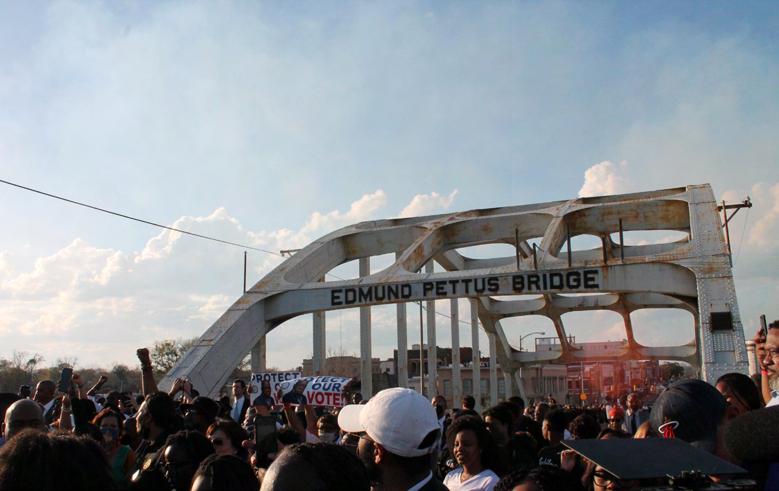
The Selma Commemoration is a lifechanging, multi-generational event that is a part of our American story. Every year the commemoration of Bloody Sunday reminds us that the violence civil rights leaders and Foot Soldiers endured was not in vain, and their protest resulted in victory. It is important that America and the world remember the story of Bloody Sunday and what they were fighting for, equality, justice, and freedom. Selma reminds us that after the rain always comes a rainbow.
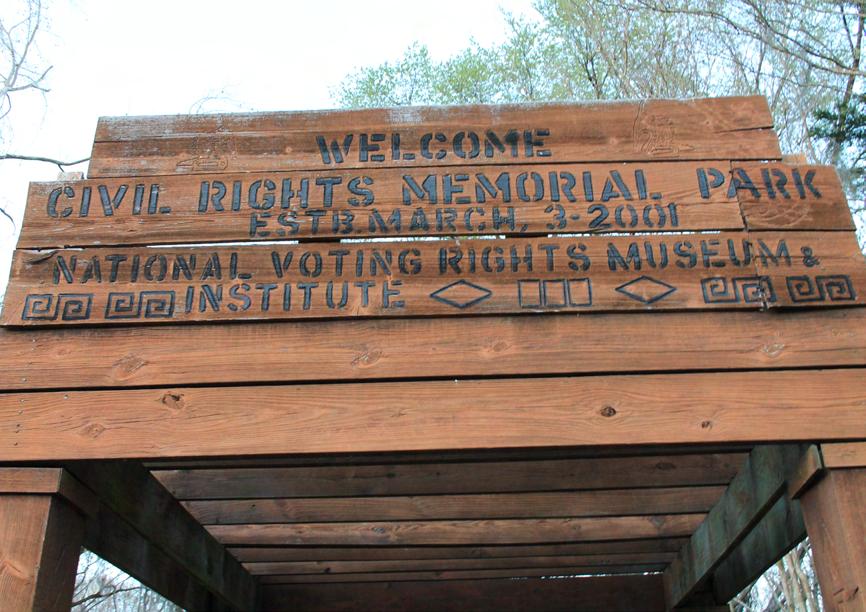
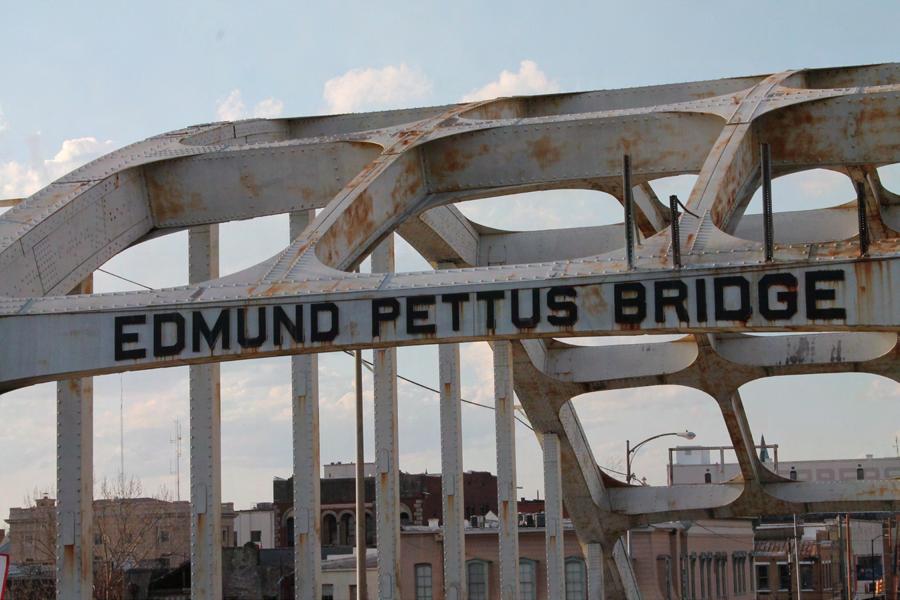
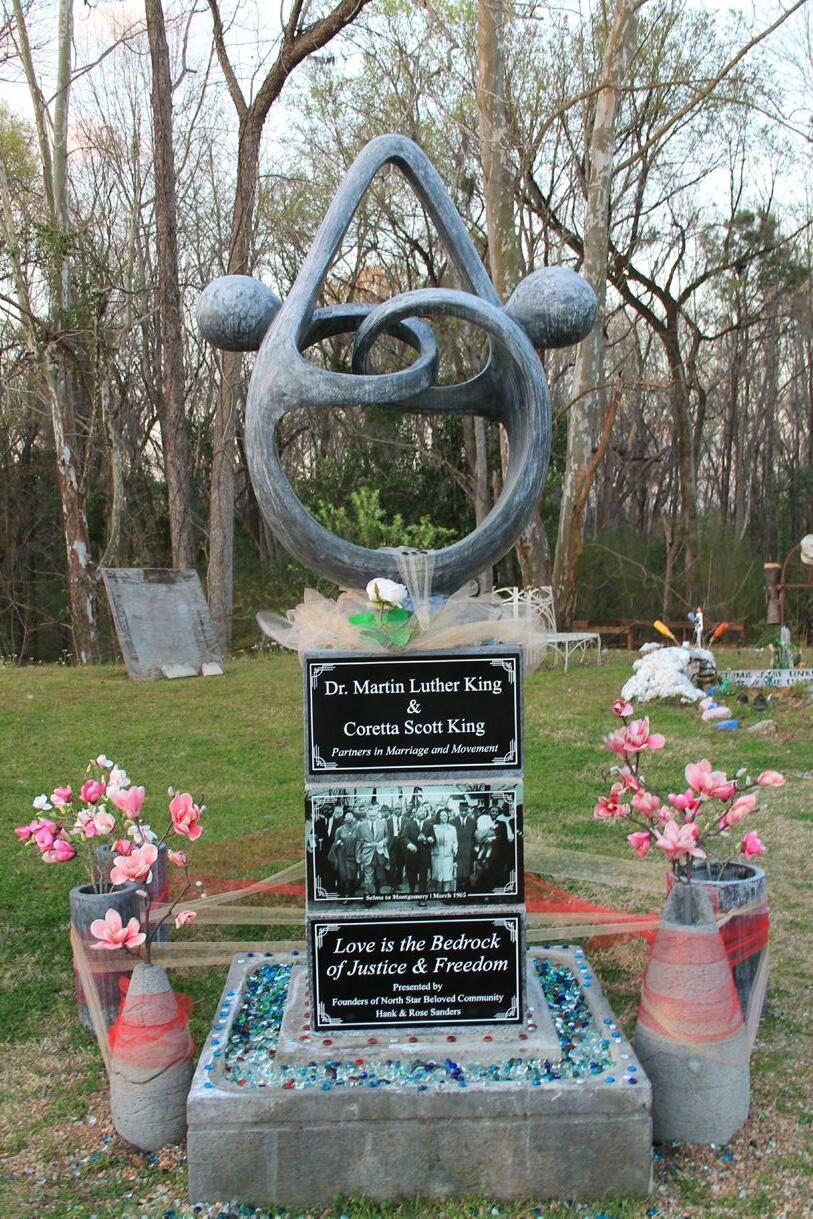

Autumn Smith is a Public Historian, that focuses on African American history between 1860-1968. Smith is currently pursuing a Master of Arts degree in History at the University of West Georgia. She has served as a National Ambassador for the Justice for Girls Program and has sojourned with the SCLC in the annual Selma to Montgomery Commemoration since 2015. SCLC National Magazine/ Spring 2022 Issue
Prevent Sex Trafficking

An iniiaive of the Southern Chrisian Leadership Conference SCLC developed as an educaional awareness project aimed at highlighing the alarming growth of sex trafficking in our communiies.

A pracical guide of interacive lessons designed to increase the sense of value and worth of girls 5-18 thereby reducing the risk of commerical sexual exploitaion.

For more informaion or to partner please email us at jusiceforgirls@naionalsclc.org

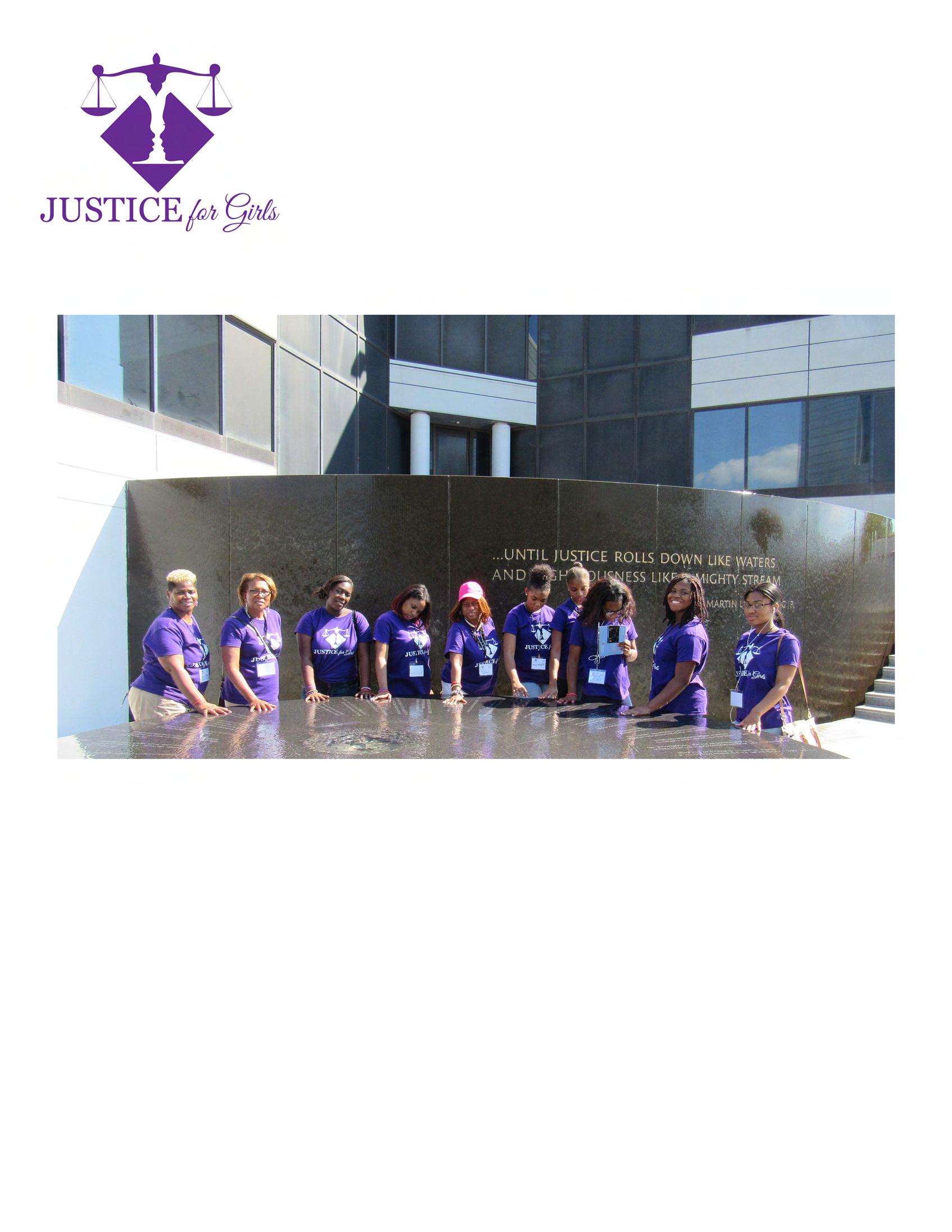
By: Heather Gray
One of the most significant communities in America is Black farmers. Their contributions have been immense as they have fed their communities and have always generously done so during slavery and since the end of slavery. Their production of food has been diverse and with a wealth of traditional knowledge throughout the generations that is maintained to the present day.
Some History of Black Farmers in America
In the late 1990s, while working at the Federation of Southern Cooperatives/Land Assistance Fund, I conducted a research project of interviews with Black farmers. I was amazed at the abundance and variety of produce grown by these farmers. Even if they grew a huge acreage of crops in the South, as in monocrops, they also tended to maintain an important tradition of a diverse production of fruits and vegetables somewhere on their farm. When farmers talked about the crops they grew, regardless of their struggles, on a consistent basis I witnessed a gleam in their eyes. It’s as if farming is indeed a spiritual experience. Yet this on-going productivity has never been easy, largely because of southern and national politics, along with the growing industrial systems in agriculture that continue to threaten the integrity of our important family farmer sector and the discrimination from the US Department of Agriculture (USDA) that has invariably favored white farmers at the expense of farmers of color.
Nevertheless, prior to and since the end of the Civil War in 1865, Black farmers have made significant contributions to agriculture in America. The Freedman’s Bureau was created in 1865 to assist freed slaves and poor whites after the Civil War. The Bureau, however, was never given the directive from Congress to offer ‘40 acres’ to individuals in the Black community but rather small portions of from 10 to 15 acres. Unlike whites that were given free land in the west, thanks to the 1862 Homestead Act, Blacks needed to “purchase” their land. In fact, with the Homestead Act, American whites received some of the most massive welfare subsidies of any people in the world in the nineteenth century. Nevertheless, by the early 1900’s the Black community had managed to purchase
